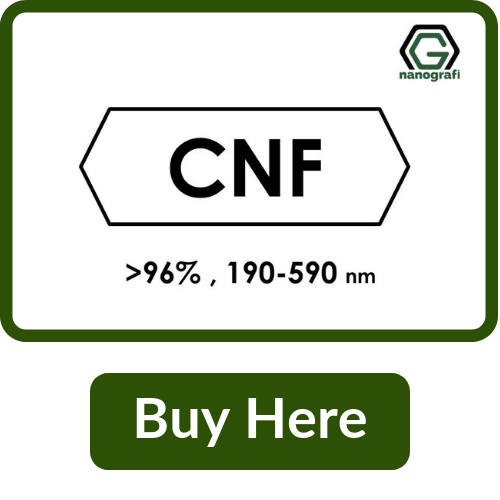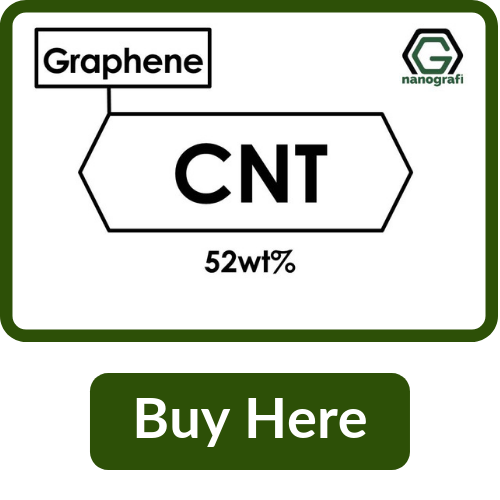Carbon nanotubes and graphene are different forms of carbon atom based materials. They have different properties and can be used in various applications. But what happens if we use them as a hybrid structure?
The excellent mechanical, physical, and chemical properties of low-dimensional carbon materials like graphene and carbon nanotube have enabled them as promising building blocks for three-dimensional nanoarchitectures. In this regard, extensive interests have been attracted to synthesize graphene and carbon nanotube hybrid structures. Earlier works suggested that Carbon Nanotubes Doped with Graphene Nanopowder (52 wt% Graphene ) is a promising solution for quick energy dissipation, which could enhance interface thermal conductivity of the ‘building blocks’ for future nanoscale mechanical and electrical devices. In the electricity perspective, it is found that ‘CNT pillared-graphene’ system would extend the excellent electrical conductivity of graphene and nanotube to three dimensions. According to the researches the double layer configuration of carbon nanotubes and graphene hybrid is supposed to endow the structure with better electrochemical performance, which indicates that the hybrid structure is suitable for electrode as used supercapacitors. Further, Carbon Nanotubes Doped with Graphene is also found to have huge potential in hydrogen storage, due to its extremely large surface area.
This hybrid form of carbon nanotubes and graphene can be used in many various applications. For example since carbon nanotubes and graphene hybrid is a strong material, it can be used in screen displays, electric motors, sensing devices, aerospace and automotive devices. In textile carbon nanotubes and graphene hybrid can be used as body armor and tear-resistant cloth fibers. Since carbon nanotube and graphene hybrids serve as a conductive metallic or semiconductor, they can be used as conductive films in coatings, plastics, certain bioscience applications, solar and electronic applications. Also this hybrid can be used as additives in polymers and catalysts. In medicine carbon nanotube and graphene hybrid can be used in drug delivery.
So, as a summary, graphene and carbon nanotube hybrid structure is one of the promising graphene derivatives, which have great potential applications in many various areas such as energy sector, textile, medicine, chemistry and polymers, aerospace and automotive industry.
Read More about Carbon Nanotubes:




Comments
Post a Comment